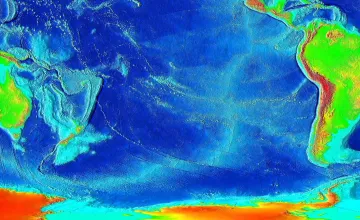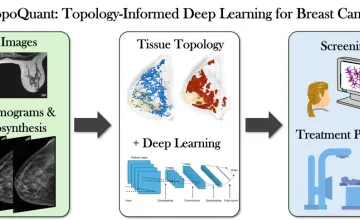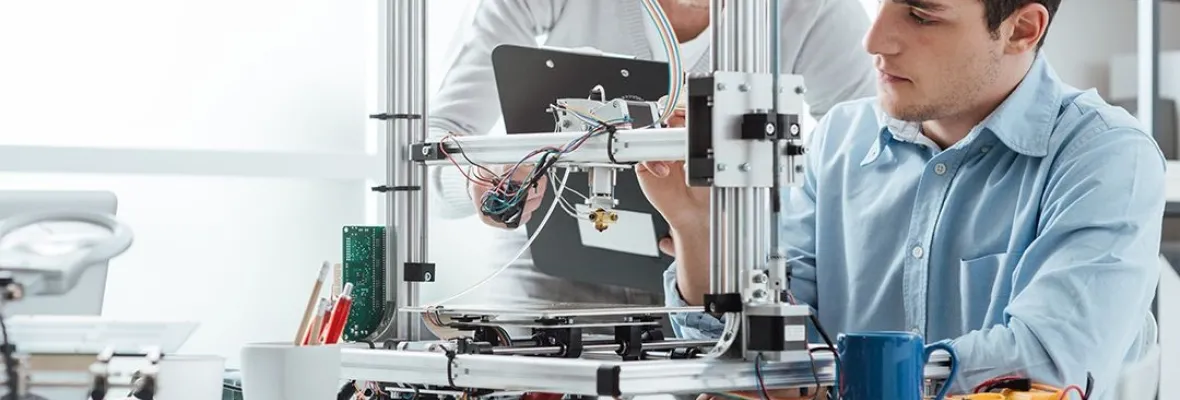AAU universities conduct a majority of the federally funded university research that contributes to our economic competitiveness, health and well-being, and national security. AAU universities are growing our economy through invention and innovation while preparing the next generation of scientists and engineers for global leadership. By moving research into the marketplace AAU universities are helping to create jobs, and provide society with new medicines and technologies.

UMD geologists uncovered evidence of a section of seafloor that sank into the Earth's mantle when dinosaurs roamed the Earth; it's located off the west coast of South America in a zone known as the East Pacific Rise.

Novel research supported by NCI could lead to more specific predictive disease models

A new University of Kansas study reveals parents seeking health care information for their children trust AI more than health care professionals when the author is unknown, and parents rate AI generated text as credible, moral and trustworthy.

Hypertension and amyloid plaques can separately cause dementia. Having both increases a person’s odds of developing cognitive decline, a new study finds
Explore More: University Research
You can filter stories by the university.
Sleeping too much or too little is associated with changes in the brain that are known to precede and increase the risk of stroke and dementia later in life, a new study suggests.
Respiratory syncytial virus (RSV) vaccines recently approved for people 60 and older would dramatically reduce the disease’s significant burden of illness and death in the United States if they were widely adopted like annual influenza vaccines, a new study has found.
Findings suggest placement of molecular linkers should be determined earlier on in drug discovery
John Eason’s seminar gave 18 seniors the opportunity to collaborate with city officials in California, where they interviewed residents and explored ways to mitigate the negative economic impact of prison closure.
Researchers will help set standards and develop tools to ensure AI’s role for social good nationwide
